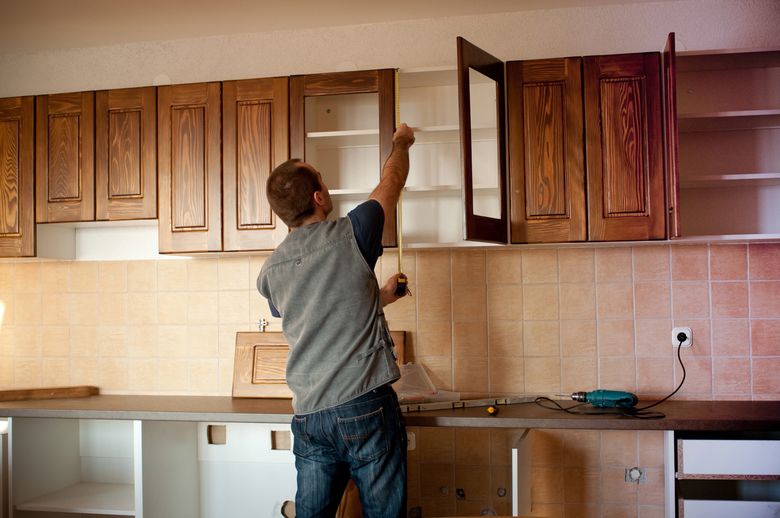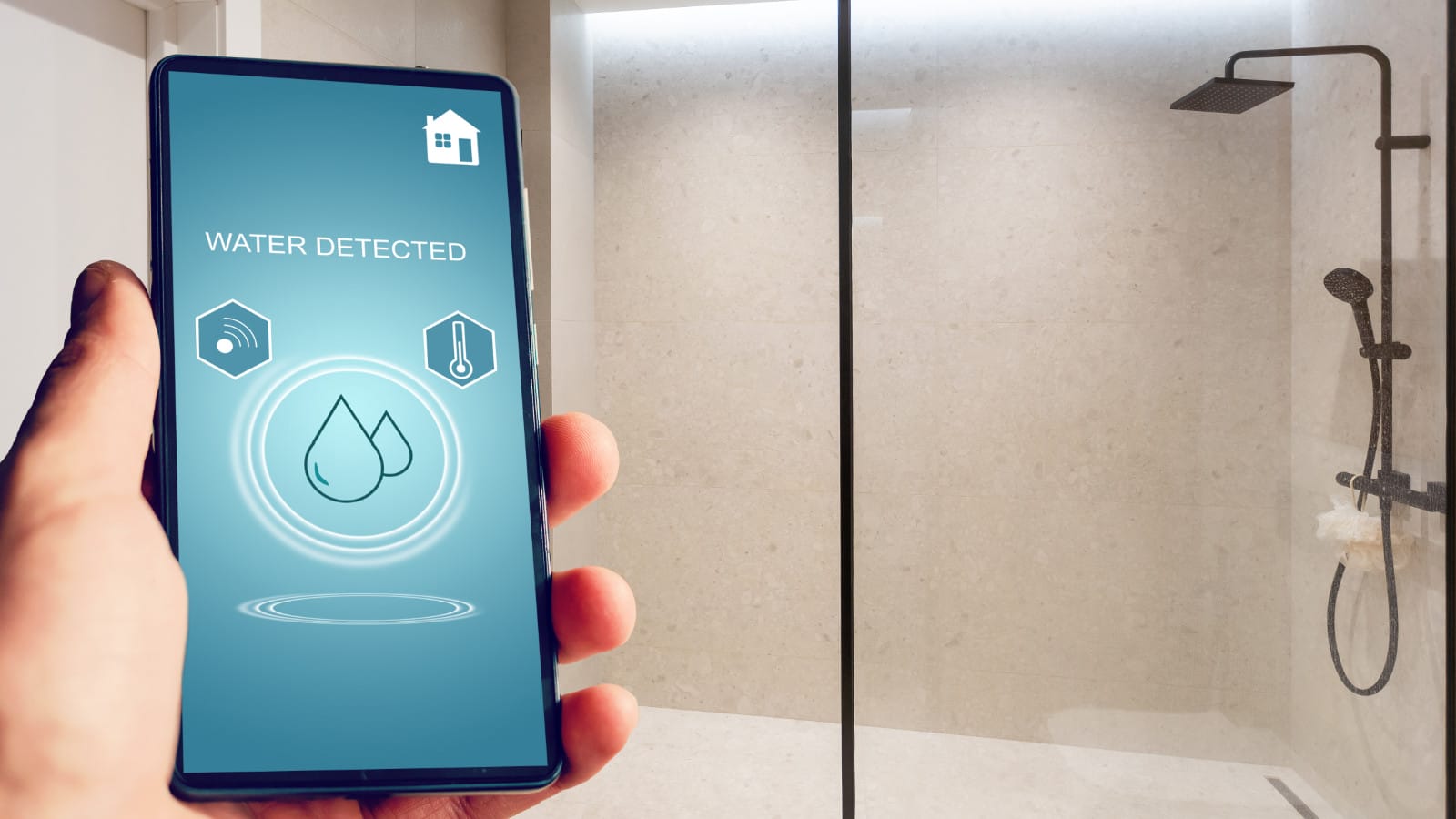Discovering the Future of Plumbing: Developments and Advancements
Discovering the Future of Plumbing: Developments and Advancements
Blog Article
They are making a number of good points regarding The Future of Plumbing: Trends and Innovations to Watch overall in this article on the next paragraphs.

Intro
The pipes industry is undergoing a transformative phase driven by technological improvements and expanding worries for sustainability and performance. This article discovers arising patterns and advancements shaping the future of pipes.
Smart Plumbing Equipments
Including wise innovation right into plumbing systems allows remote surveillance, leak detection, and automated maintenance. Smart sensing units and IoT (Internet of Points) gadgets allow house owners and plumbers to keep an eye on water use and find problems in real-time, causing more effective resource monitoring and aggressive upkeep.
Water Performance Solutions
With enhancing focus on water preservation, ingenious services are being created to minimize water waste in pipes systems. High-efficiency components, greywater recycling systems, and smart irrigation controllers are among the innovations helping consumers reduce their water impact while preserving comfort and ease.
Lasting Materials
The change towards sustainability encompasses pipes materials, with a growing choice for eco-friendly options. Naturally degradable piping products, such as PEX (cross-linked polyethylene) and HDPE (high-density polyethylene), deal resilience and resistance to deterioration without compromising ecological honesty.
Anticipating Upkeep
Anticipating maintenance methods take advantage of information analytics and machine learning algorithms to prepare for and avoid pipes concerns before they occur. By assessing historic information and performance metrics, predictive upkeep formulas can determine patterns and anomalies, enabling aggressive treatments to avoid pricey repair work and disruptions.
Increased Reality in Plumbing
Augmented Reality (AR) modern technology is revolutionizing plumbing by supplying professionals with real-time visual support for troubleshooting and repair tasks. AR-enabled wise glasses or mobile applications overlay digital information onto the physical atmosphere, assisting plumbers imagine pipeline formats, determine surprise leaks, and execute repairs with precision.
Impact of 3D Printing
The development of 3D printing has actually presented new possibilities in making plumbing components. From custom-made components to detailed pipe installations, 3D printing allows for fast prototyping and on-demand manufacturing, lowering lead times and allowing better personalization in plumbing design.
Health And Wellness Characteristics
In reaction to increased concerns for health and safety, plumbing fixtures are integrating functions such as antimicrobial surface areas, touchless operation, and self-cleaning systems. These technologies not just boost health however likewise promote user convenience and convenience.
Hygiene-focused Components
Touchless faucets, self-sanitizing toilets, and antimicrobial surface areas are ending up being progressively prevalent in domestic and business settings, minimizing the danger of bacterium transmission and promoting a cleaner, healthier setting.
Water High Quality Monitoring
Improvements in water high quality monitoring innovations allow home owners to monitor the purity and safety of their water system in real-time. Smart water high quality sensors can identify impurities, pH degrees, and temperature variants, empowering customers to take proactive measures to guarantee water security.
Remote Pipes Providers
Remote diagnostics and virtual aid are revolutionizing the means plumbing services are delivered. With video clip conferencing and remote accessibility innovations, plumbing technicians can fix concerns, provide advice for DIY repair services, and even do remote assessments, providing higher accessibility and ease to property owners.
Difficulties and Opportunities
While pipes technologies hold tremendous pledge, they additionally present obstacles such as data privacy issues, regulatory conformity, and the requirement for workforce training. Addressing these challenges needs collaboration in between industry stakeholders and governing bodies to make sure safe and liable implementation of brand-new technologies.
Governing Landscape
Regulatory frameworks play an important duty fit the fostering of pipes developments, with requirements and codes regulating everything from water efficiency to product safety and security. As technologies remain to progress, regulative bodies need to adapt to ensure consumer defense and ecological stewardship.
Future Overview
The future of pipes is identified by continued advancement and combination with various other sectors such as IoT, renewable resource, and structure automation. By embracing lasting methods, leveraging arising modern technologies, and prioritizing user-centric design, the plumbing sector is poised to deal with the progressing demands of culture while lessening its ecological impact.
Conclusion
To conclude, the future of plumbing is specified by a merging of technology, sustainability, and user-centric style. By welcoming smart remedies, lasting products, and proactive upkeep methods, the plumbing industry can improve performance, promote safety, and contribute to a more lasting future.
Plumbing Industry Trends You Need To Know
Smart technology in plumbing
Homeowners want to be able to manage their homes from their phones. The technology exists to make that happen. From smart toilets to leak detector devices, the whole plumbing system can be managed on an interconnected network made up of sensors, IoT devices, and machine learning algorithms.
This allows for wireless control to turn appliances on and off, automate routines, and access advanced monitoring to track water usage and flag potential issues. Smart technology streamlines water consumption, maintenance and energy usage, creating a more efficient system.
Green plumbing
The data analysis possible with smart technology not only improves convenience and cost-effectiveness but also fulfills a high-priority customer desire – sustainability. Consumers are very aware of their impact on the planet and want plumbing solutions to reduce damage and support sustainability. Eco-friendly plumbing solutions are already starting to emerge.
Customers can opt for low-flow toilets, water-saving faucets, and connections to sustainable energy sources. Beyond monitoring water consumption, customers can conserve water through the installation of greywater systems. This is a system that collects water that has been used but is still clean enough for some household uses such as toilet flushing.
Shorter product pipeline
To keep up with modern plumbing, plumbers need modern tools that enable them to complete jobs more efficiently. One technology making strides in this area is 3D printing. By 3D printing key plumbing fixtures, plumbers can reduce wait times even for specialized fixtures. It minimizes delays often seen in traditional manufacturing that frustrate customers and prevent plumbers from taking on more work.
Off-site repairs
Augmented reality is making a splash in many industries including plumbing. Plumbers can map a building online so they can explore the plumbing system through augmented reality, identifying areas of maintenance and repair completely digitally. This technology can be applied quite widely in plumbers’ work including planning installations and training new recruits. It’s safer, smarter and more efficient.
Low-footprint materials
Another way for plumbing companies to reduce their environmental footprint and meet the customer demand for sustainability is by using recycled materials in their work. The products they source and manufacture such as pipes, fixtures and faucets can be made from recycled materials. This saves the planet while being just as effective.
Onsite water purification
Additionally, plumbing companies can be advocates of water conservation and ease the financial and environmental concerns of customers by offering water purification systems. New water purification technology such as reverse osmosis systems and UV systems make it possible for homeowners and business owners to thoroughly cleanse water, removing contaminants onsite. This means the water can be safely reused in more ways than greywater can be, establishing a water recycling loop.
Tankless water heaters
Another innovation of modern plumbing is tankless water heaters. The idea is that the water is heated on demand as it runs through the system instead of being heated in a water tank. This is more energy efficient and therefore cost-effective and eco-friendly because water isn’t heated needlessly.

Do you really like reading about 7 Plumbing Industry Trends You Need To Know? Put a short review directly below. We will be delighted to listen to your insights about this write-up. We hope that you come back again before long. Enjoyed our post? Please share it. Help somebody else find it. I appreciate reading our article about 7 Plumbing Industry Trends You Need To Know.
Book A Service Report this page